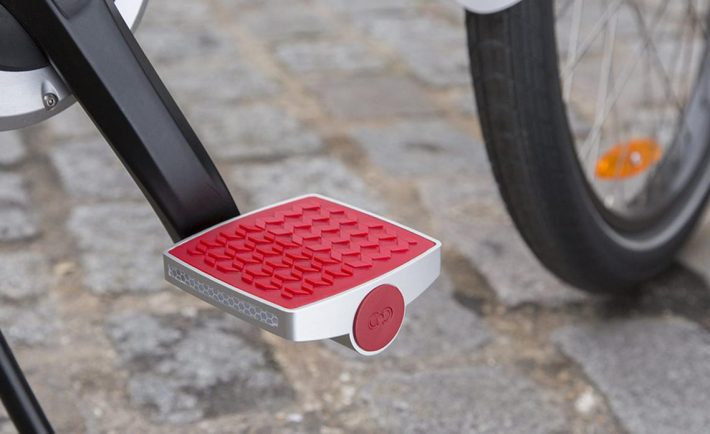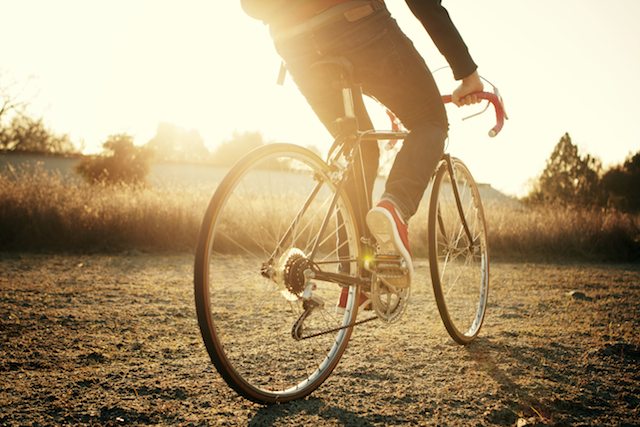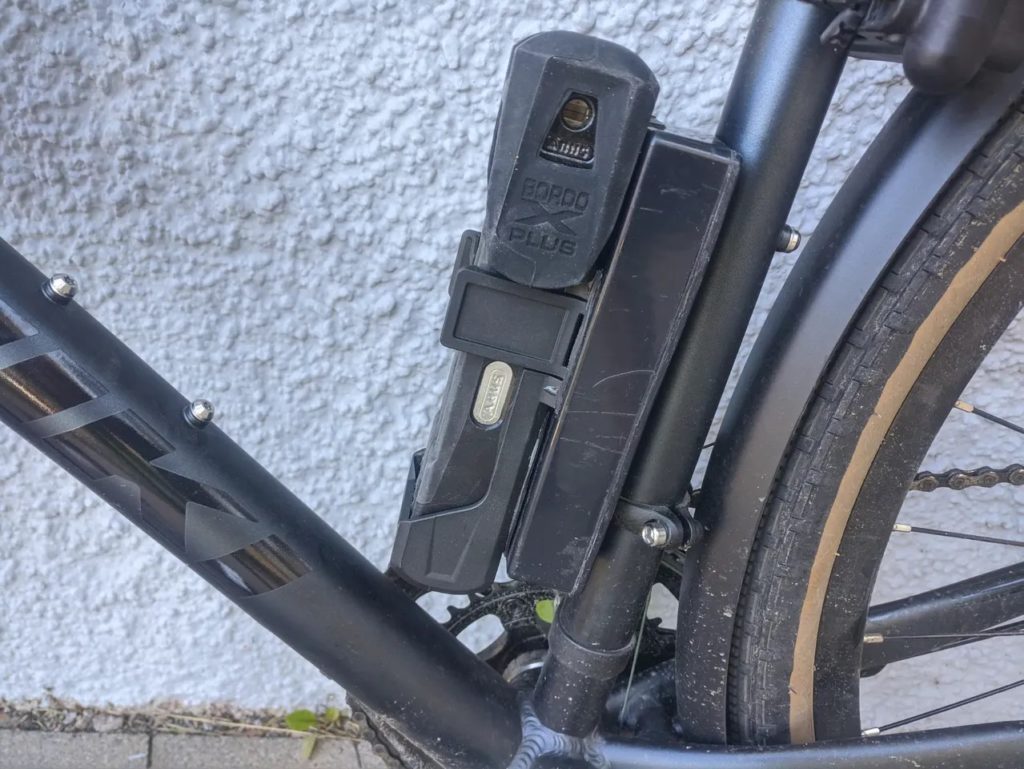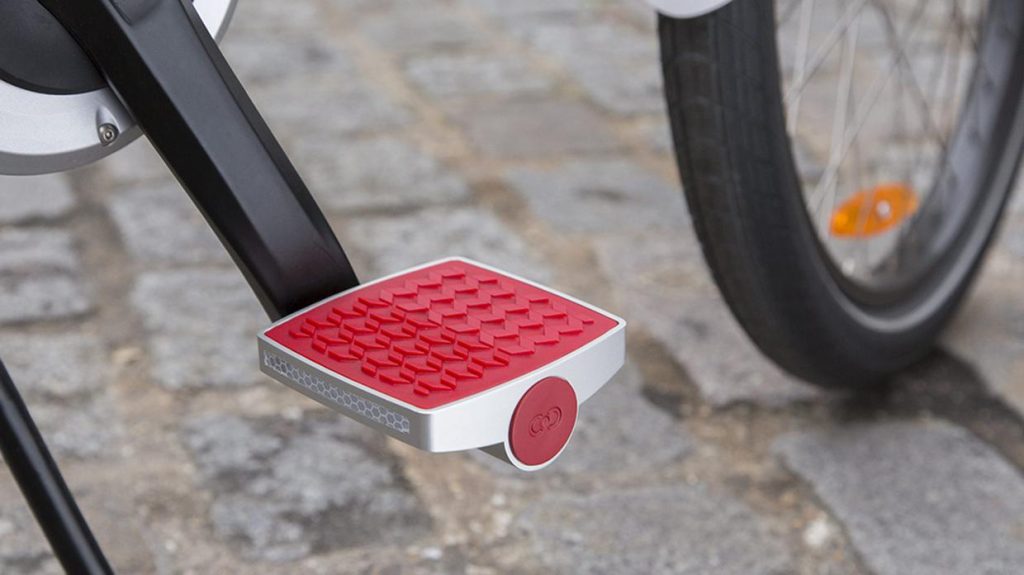
If you’re like most people, you probably don’t think too much about your bike until it’s gone. But once it’s gone, you’ll want to do everything you can to get it back. Enter GPS trackers. These nifty little devices can help you keep an eye on your bike at all times, so you can rest assured that it’s always where it’s supposed to be.
Types of GPS trackers for bikes

Bike GPS trackers use the Global Positioning System to pinpoint the location of your bike. This information is transmitted to your phone or another device, so you can see where your bike is at all times. There are several different types of GPS trackers for bikes, each with its own advantages and disadvantages.
Some GPS trackers for bikes are designed to be hidden, so thieves will not know that the tracker is there. Other GPS trackers for bikes are designed to be visible so that potential thieves will know that the bike is being tracked. There are also GPS trackers for bikes that can be used with an alarm system so that if the bike is moved, the alarm will sound.
GPS trackers for bikes come in a variety of different price ranges. Some of the more expensive GPS trackers for bikes will include features such as real-time tracking, geofencing, and history logging. less expensive GPS trackers for bikes may only provide basic location tracking.
Before you choose a GPS tracker for your bike, you should consider what features you need and how much you are willing to spend.
How to choose the right tracker for your needs?
Extra security is always a good idea when it comes to your bike. However, with so many different GPS trackers on the market, it can be hard to decide which one is right for you. Here are a few things to keep in mind when choosing a tracker:
- Size and weight:
You’ll want a tracker that’s small enough to hide on your bike without being too bulky. Some trackers also come with extra mounts and cases to make them more difficult to remove.
- Battery life:
If you plan on using your tracker for long rides, make sure it has long battery life. Some trackers can last up to two weeks on a single charge, while others need to be recharged after each use.
- Durability :
You’ll want a tracker that can withstand the elements, especially if you live in an area with harsh weather conditions. Look for a tracker that is waterproof and dustproof.
- GPS accuracy:
All GPS trackers will have some degree of inaccuracy, but you’ll want to choose one that has a high degree of accuracy to avoid any costly delays in tracking your bike.
Installation tips and advice

Most people who buy a bicycle GPS tracker do so because they’re worried about their bike being stolen. And that’s a valid concern — according to the FBI, an estimated 1.5 million bicycles were stolen in the U.S. in 2017 alone. But even if you never have to track down a stolen bike, there are plenty of other good reasons to have a GPS tracker on your two-wheeled friend.
Here are a few tips to keep in mind when installing a GPS tracker on your bike:
-The first step is to find a suitable location for the tracker. You want it to be hidden but accessible, so somewhere inside the frame is usually a good spot.
-Since most bike frames are made of metal, you’ll need to use an anti-theft device like a zip tie or some other kind of bracket to attach the tracker securely.
-If your bike doesn’t have an existing power source, you’ll need to install one before you can connect the tracker. A USB battery pack is a good option, and you can usually find one that will fit inside the frame along with the tracker.
Once you have the tracker installed, it’s important to keep an eye on its battery life and recharge it regularly. Most trackers will notify you when the battery is getting low, but it’s still a good idea to check on it regularly just to be safe.
Benefits of using a bike GPS tracker
A bike GPS tracker is a device that can be affixed to your bicycle and used to track its location and provide other data, such as speed and distance traveled. There are many benefits to using a bike GPS tracker, including the ability to:
- Track your ride data:
By knowing your average speed, distance traveled, and other data, you can better train for future rides and improve your performance.
- Locate your bike if it’s stolen:
If your bike is stolen, you can use the GPS tracker to help authorities locate it.
- Share your ride with others:
Some bike GPS trackers come with the ability to share your ride data and location with others in real time, which can be helpful if you’re training with a group or want family and friends to follow along.
Top 6 trackers on the market today

It seems like there are GPS trackers for everything these days, from cars to pets. But what about bikes? If you’re a cyclist, you know that your bike is an expensive piece of equipment and one that’s very easy to lose track of. That’s where a bike tracker comes in.
A bike tracker is a small device that attaches to your bicycle and uses GPS to track its location. If your bike is ever stolen, you can use the tracker to find it. And even if it’s not stolen, a tracker can be useful for keeping tabs on your bike if you have multiple bikes or if you often loan your bike to friends or family members.
There are a few different types of bike trackers on the market, but they all generally work in the same way. To choose the right tracker for you, consider what type of data you want to be able to track and how much you’re willing to spend. Here are five of the best bike trackers on the market today:
- Family1st Portable GPS tracker can help you keep an eye on your bike. Its small and sleek design means it will fit under any seat, while its durable battery lasts up to 14 days! The companion app allows you access in real-time via 4G/LTE connection (no internet necessary) as well as giving alerts when Motion or Geofence Alerts are triggered – perfect for those who want constant updates about the location of their bike whether they’re riding outside during daylight hours or inside at night.
- The Voice GPS Tracker from Cycle Aware is one of the most affordable options on the market, and it offers features that are usually only found in more expensive trackers. This device attaches to your handlebars and uses voice directions to give you turn-by-turn directions to your destination, as well as keep you updated on your current speed and distance traveled. It also has an LED light that will turn on automatically when it gets dark, making it easier for drivers to see you.
- The Trail Tech Striker GPS Tracker is designed specifically for mountain biking and other off-road activities. It’s rugged and waterproof, so it can handle any terrain you throw at it. And it offers features like breadcrumb trail mapping and average speed tracking, so you can see exactly how far and fast you rode after your ride is over.
- The Wahoo ELEMNT GPS Bike Computer is one of the most popular choices for cyclists who want a comprehensive tracking experience. In addition to offering standard features like turn-by-turn navigation and live tracking, this device also integrates with popular apps like Strava so you can see all of your ride data in one place. Plus, its large display makes it easy to see all of your information at a glance while you’re riding.
- The Garmin Edge 520 Plus is another great option for cyclists who want a comprehensive tracking experience. Like the Wahoo ELEMNT, this device integrates with popular apps like Strava so you can see all of your ride data in one place. But it also offers unique features like rider-to-rider messaging, which lets you stay in touch with other cyclists while you’re out on the road or trail.
- The Polar V650 cycle computer is perfect for cyclists who want an easy-to-use device that doesn’t skimp on features. It offers all of the basics like turn-by-turn navigation and live tracking, but its simplicity makes it easy to use even if you’re not familiar with GPS devices. And its large display means you won’t have any trouble seeing your information while you’re riding
FAQs about bike trackers
Q: Do I need a subscription to use a bike tracker?
A: No, there is no subscription required to use a bike tracker. However, some features may require a subscription in order to work.
Q: What is the battery life of a bike tracker?
A: The battery life of a bike tracker usually depends on the model and how often it is used. However, most bike trackers have a battery life of around two weeks.
Q: How accurate are bike trackers?
A: Bike trackers are typically accurate within 10 feet.




